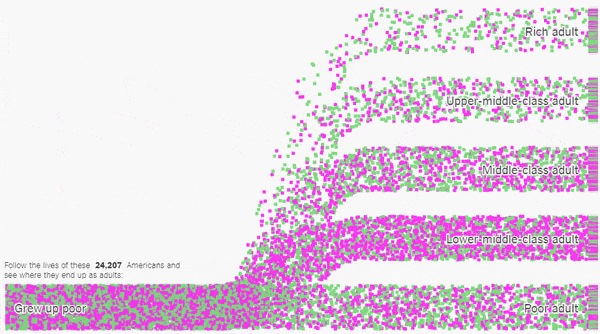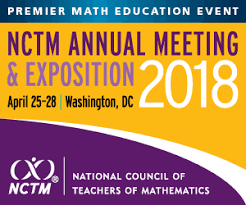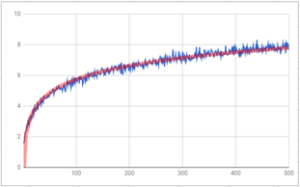
My latest piece for the New York Times Learning Network is inspired by a recent NYT editorial from mathematician and author John Allen Paulos. In “We’re Reading the Coronavirus Numbers Wrong”, Paulos opens with a warning about our addiction to up-to-the-minute:
Numbers have a certain mystique: They seem precise, exact, sometimes even beyond doubt. But outside the field of pure mathematics, this reputation rarely is deserved. And when it comes to the coronavirus epidemic, buying into that can be downright dangerous.
The lesson uses Paulos’s essay to help frame student analysis of new reporting. By asking questions like “Is the data what we think it is?”, “Does the data mean what we think it means?”, and “Is there other data that could help put this in context?”, students can improve their quantitative literacy skills. And maybe spot a few “dangerous numbers” of their own!
The full lesson is freely available at the New York Times Learning Network.


